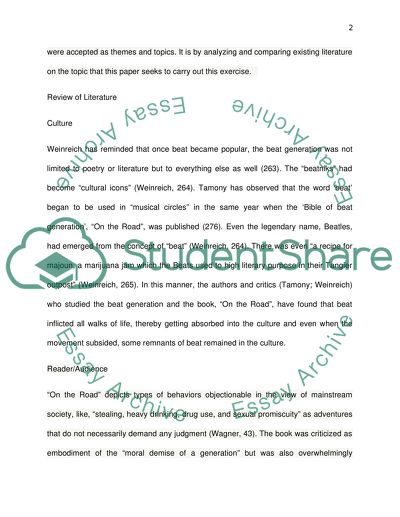Cite this document
(“Beat Generation. On the Road Jack Kerouac Research Paper”, n.d.)
Retrieved from https://studentshare.org/literature/1448235-beat-generation-on-the-road-jack-kerouac
Retrieved from https://studentshare.org/literature/1448235-beat-generation-on-the-road-jack-kerouac
(Beat Generation. On the Road Jack Kerouac Research Paper)
https://studentshare.org/literature/1448235-beat-generation-on-the-road-jack-kerouac.
https://studentshare.org/literature/1448235-beat-generation-on-the-road-jack-kerouac.
“Beat Generation. On the Road Jack Kerouac Research Paper”, n.d. https://studentshare.org/literature/1448235-beat-generation-on-the-road-jack-kerouac.


